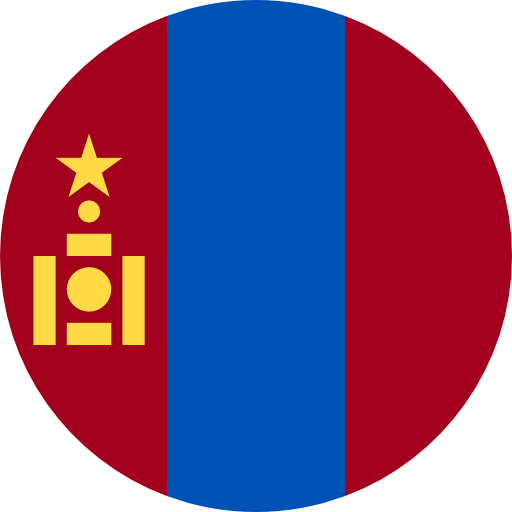About MN
Location
Mongolia is a landlocked country located in East Asia, bordered by Russia to the north and China to the south, east, and west.
Capital
The capital city of Mongolia is Ulaanbaatar.
Population
As of the latest estimates, Mongolia has a population of approximately 3.3 million people.
Area
Mongolia covers a total land area of about 1,564,116 square kilometers (603,909 square miles), making it the 18th largest country in the world by land area.
Official Language
The official language of Mongolia is Mongolian. However, many Mongolians also speak Russian and English.
Government
Mongolia is a unitary semi-presidential republic. The President of Mongolia serves as the head of state, while the Prime Minister is the head of government. The country has a unicameral legislature known as the State Great Khural.
Independence
Mongolia declared its independence from the Qing Dynasty of China on December 29, 1911.
Currency
The currency of Mongolia is the Mongolian Tugrik (MNT).
Economy
Mongolia's economy is primarily based on agriculture, mining, and herding. The country is rich in natural resources, including coal, copper, gold, and uranium. Mining is a major contributor to Mongolia's GDP and exports. Agriculture and livestock farming also play significant roles in the economy, with traditional nomadic herding practices still practiced by many Mongolians.
Nomadic Culture
Mongolia has a rich cultural heritage shaped by its nomadic way of life. Traditional Mongolian culture revolves around horsemanship, herding, and the nomadic lifestyle. The traditional dwelling of the Mongolian nomads is the "ger" or "yurt," a portable round tent made of felt or animal skins.
Climate
Mongolia has a continental climate with long, cold winters and short, hot summers. The country experiences extreme temperature variations, with temperatures dropping below freezing in winter and soaring above 30°C (86°F) in summer.
Landscapes
Mongolia's landscapes are diverse, ranging from vast steppes and deserts to rugged mountains and taiga forests. The Gobi Desert, one of the world's largest deserts, covers much of southern Mongolia.
Buddhism
Buddhism has been a significant cultural and religious influence in Mongolia for centuries. Tibetan Buddhism, particularly the Gelugpa school, is the predominant form of Buddhism practiced in the country.
Tourism
Mongolia's unique landscapes, nomadic culture, and historical sites attract tourists from around the world. Popular tourist destinations include the Gobi Desert, Khuvsgul Lake, and the ancient capital of Karakorum.
Challenges
Mongolia faces challenges related to environmental degradation, desertification, and urbanization. The country also grapples with issues of poverty, unemployment, and rural-to-urban migration.
This anthem celebrates the spirit and identity of the Mongolian people, emphasizing unity, heritage, and the Mongolian language.
The national anthem of Mongolia is called "Mongol Ulsyn Töriin Duulal" in Mongolian, which translates to "National Anthem of Mongolia" in English. Here are the lyrics in Mongolian along with an English translation:
Өргөө монгол хийдэн
Хүн амьдралын орон
Бид хэн хэнээ төрийн дуулал
Эрт нутагийн холбооны зүй
Монгол хэлээрээ хэлж байна
Монгол бол монголоос ирдэг
Awaken, Mongol khun, awaken
The spirit of the Mongol nation
Singing together in a chorus
For the future of our native land
We are speaking in the Mongolian language
For we are Mongols, born from Mongols


